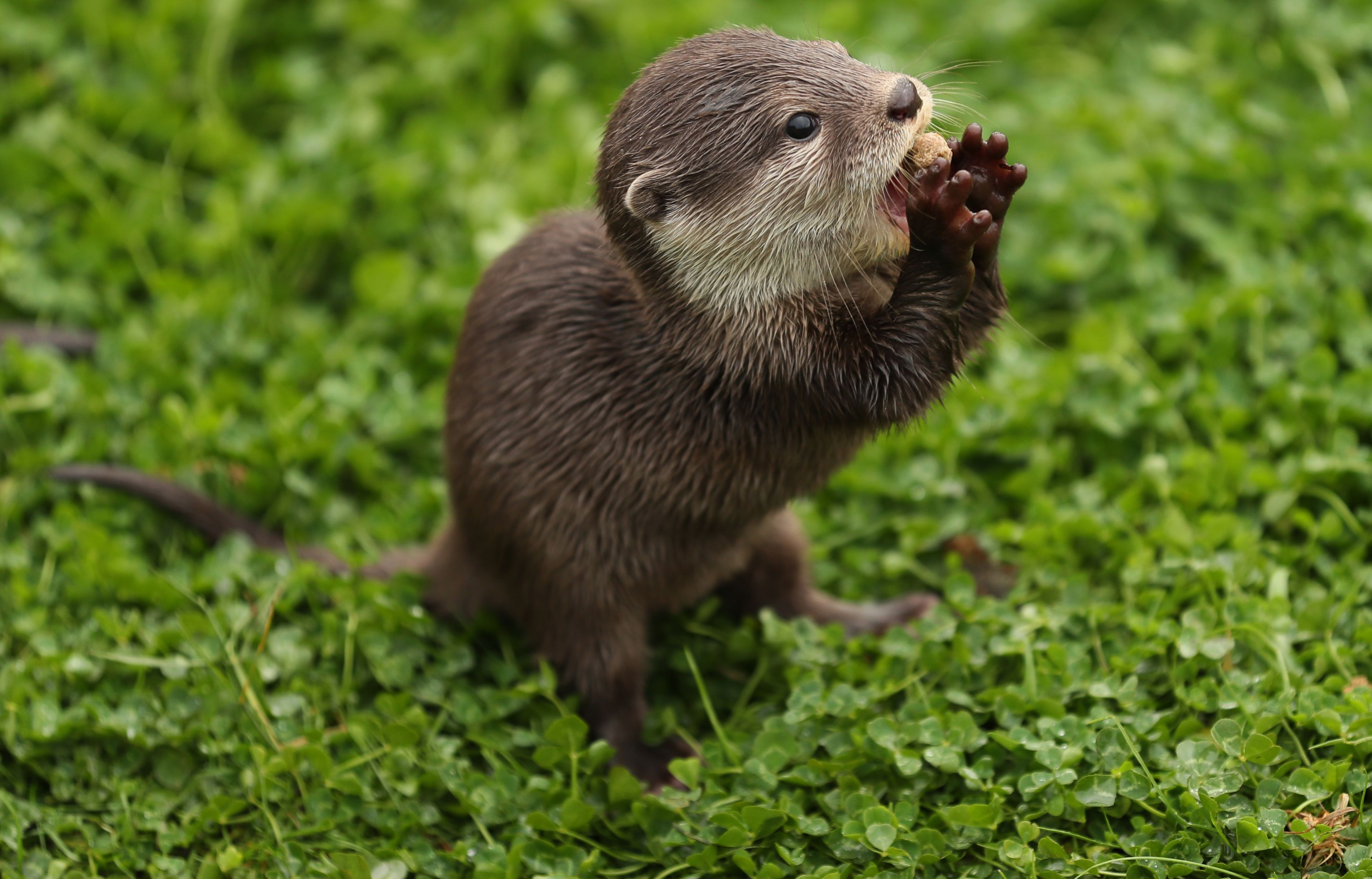Young smooth-coated otters are much better with technology than their parents
They were able to perform tasks over six times faster.

Young otters are quicker to master new technology than the older generation, scientists have found – drawing comparison to humans.
In a series of tests, smooth-coated otters were given containers of food that could only be reached by overcoming technological obstacles such as clip-on, pull-off or unscrew lids. Inside they’d find treats like peanuts or fish heads.
The problem-solving strategies they employed displayed a high level of social learning that was much more apparent in young animals.

“The offspring in our study learned how to solve these puzzles much quicker than their parents – more than six times faster.
“The order in which the young otters solved the puzzles followed the strength of their social ties.
“This indicates that the juveniles copied those siblings they spent most time with.”

Fewer than half the animals managed to obtain this reward.
The otters were studied at a number of zoos and wildlife parks in the UK.
Another species of otter, the Asian short-clawed otter, did not share the same copying ability, said the researchers, whose findings appear in the Royal Society journal Open Science.

“As a result, they may have less of a tendency to turn to each other to see how to solve a puzzle such as how to extract food from a new source.
“In the wild, smooth-coated otters show co-ordinated group-hunting strategies such as V-shaped swimming formations to catch fish, so it makes sense that they would be naturally inclined to watch each other for foraging information.”





